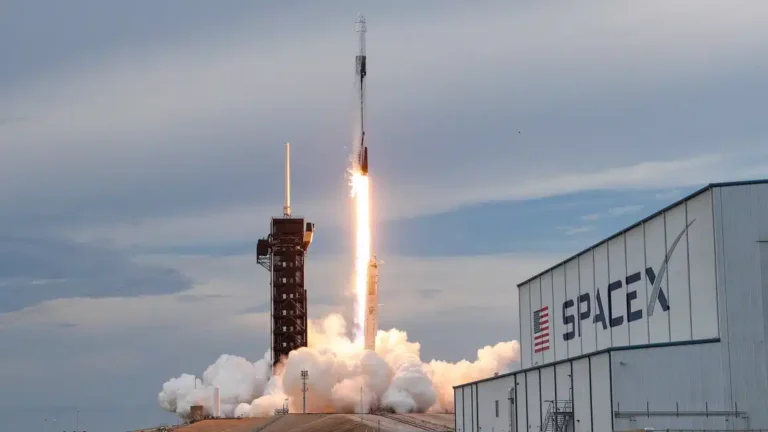Starlink, the SpaceX subsidiary known for providing global broadband internet through low-Earth orbit satellites, is ramping up its efforts to offer direct-to-smartphone connectivity.
The launch occurred, June 18, 2024, from Vandenberg Space Force Station in California. The Falcon 9 rocket carried 20 Starlink satellites, with 13 specifically designed for direct-to-mobile (DtC) functionality. This follows a previous launch where another 20 satellites were sent into orbit, 13 of which also had direct-to-mobile capabilities.
“Direct-to-mobile is a new and experimental concept that still faces a long road ahead for it to become fully viable,” a report from Starlink noted.
Direct-to-mobile functionality operates on the “cellphone tower in space” concept. Starlink’s website explains that satellites with this capability are equipped with an advanced “eNodeB” modem, acting like a cellular tower in space. This allows for network integration similar to that of a standard roaming partner.
“Direct-to-cell works with existing LTE phones wherever you can see the sky. No changes to hardware, firmware, or special apps are required, providing seamless access to text, voice, and data,” Starlink stated.
Meanwhile,the Elon Musk-led company aims to leverage its advanced launch capacity to establish dominance over competitors in the direct-to-mobile market. Key competitors include Lynk Global, Amazon’s Project Kuiper, and AST SpaceMobile, a Texas-based satellite provider partly owned by Vodafone Group. Notably, most companies launching low-Earth orbit satellites, with Project Kuiper being an exception, use SpaceX as their launch partner.
ALSO READ: APPLE DELAYS AI FEATURES DUE TO EU TECH REGULATIONS
As Starlink continues to advance its direct-to-mobile technology, it is setting the stage for a new era of connectivity, providing seamless mobile access to users worldwide.




